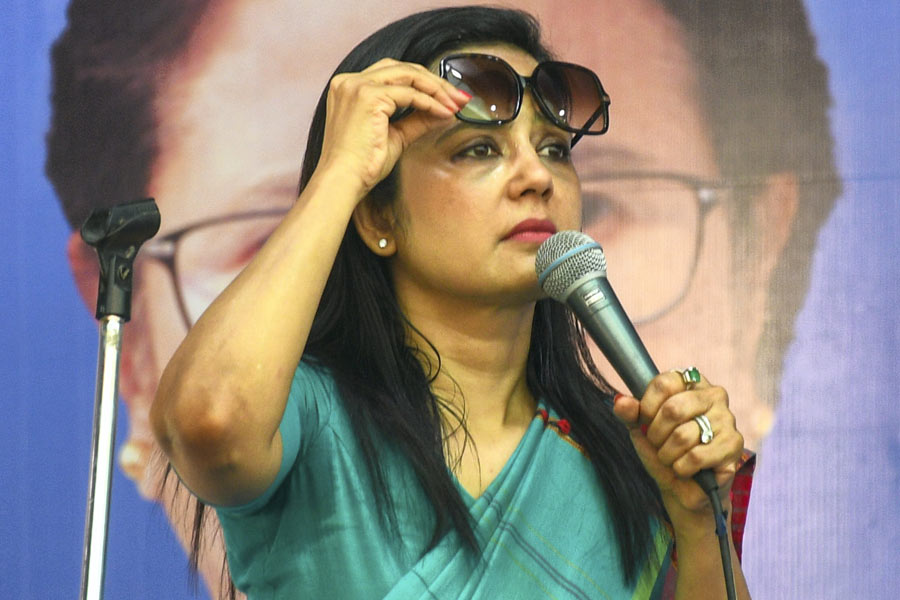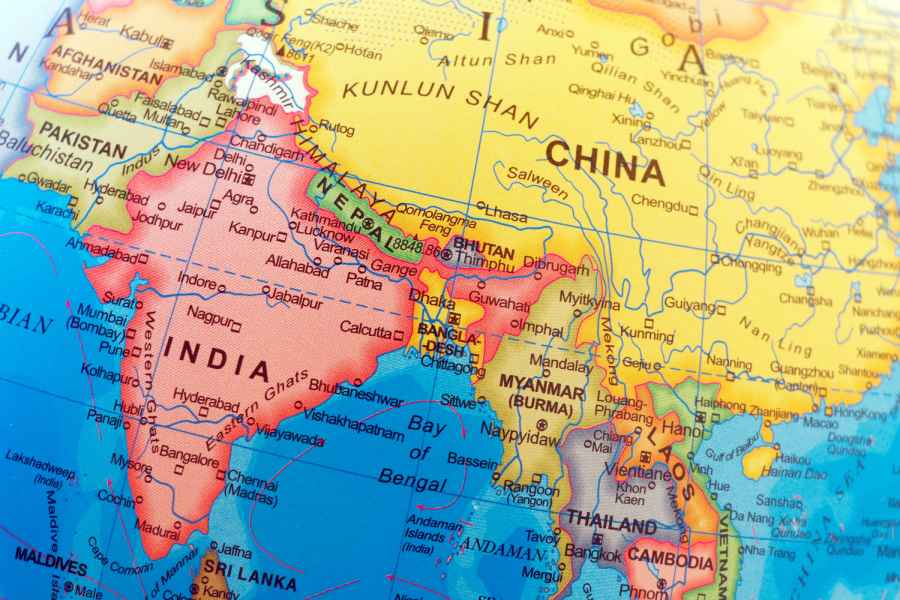A website and an app celebrating the culture and heritage of Nagaland were unveiled at a symposium cum exhibition at Asiatic Society recently.
The portal is the result of a year-long initiative that aims to document living traditions, lifestyle, crafts, textile, performing arts and cuisine of the Naga people.
“We went to 16 villages in Mon, Mokokchung, Kohima, Phek and Chumoukedima districts, and interacted with their craftspeople, dancers and entrepreneurs. We also held community workshops where we got contemporary artists to interact with traditional artisans, and trained students how to document heritage. Supported by a grant from the German consulate-general, we could document the lifestyles of five tribes — Ao, Angami, Kuki, Chakhesang and Konyak,” said Ananya Bhattacharya, secretary of the non-profit Contact Base that works to safeguard living heritage.
“This project has been about preservation as also innovation and empowerment,” said Andrea Jeske, deputy consul general of Germany. The project was sponsored by the Culture Preservation Programme of the German Federal Foreign Office, which has supported such projects around the world since 1981.
Madhura Dutta, culture and development specialist of Contact Base, showcased the portal, www. nagalandlivingheritage.com, which has audio-visual material and articles on the tribes, their textiles, crafts, festivals and folklore. There are sections on their folk dance and culinary heritage.
“They are proud of their heritage and we found excellent museums, which are initiatives of the village community, private individuals or the state,” she said.
The project facilitated multidisciplinary artists Swarup Dutta from India and Hege Aasdal from Norway to partner with local artisans and help reimagine the use of their traditional skills to create products that meet contemporary demands. At the exhibition, Swarup presented a variety of baskets, enhanced with banana fibre, that blended traditional and modern weaving techniques.
“We worked with women weavers and were respectful of the context of their craft. One should not barge in and pick up things mindlessly,” said the multidisciplinary artist. “Every motif and colour in our tribal art has a significance,” pointed out Bambi Kevichusa, a Naga fashion designer, who took part in a discussion with Dutta.
The portal empowers by promoting cultural tourism as well.
“The app is completely on tourism. If you reach Kohima, it tells you which villages are worth visiting, who to meet, when their festivals are and where to stay,” said Madhura.
Several key figures in the conservation movement also attended the symposium — Kedoutsolhi Wetsah, ex-secretary of the Zapami Village Development Board, in Phek district, Chakhesang artist Veswuzo Phesao, Rheiweu Kreoh, working for climate justice and eco theology, and Lanurenla, principal of a Nagaland college who is heading the literature division of the vulnerable Ao language.











